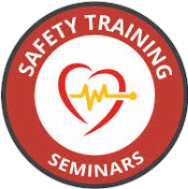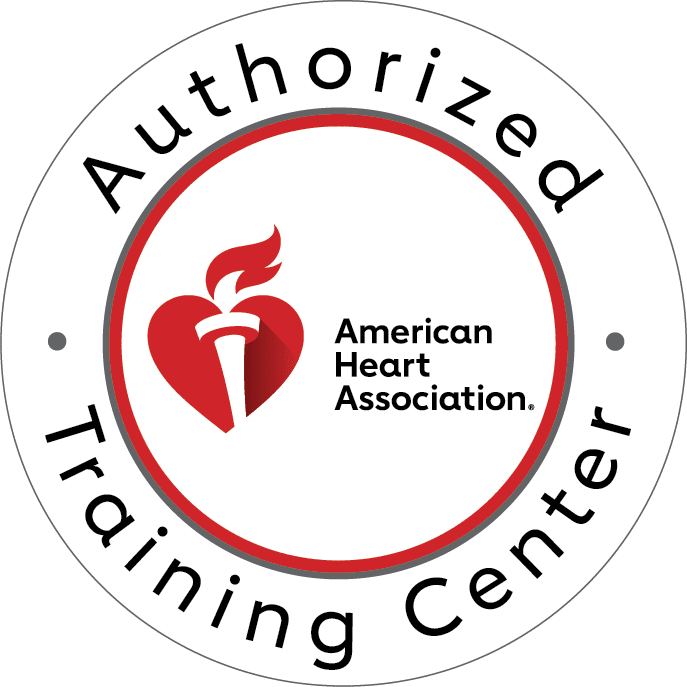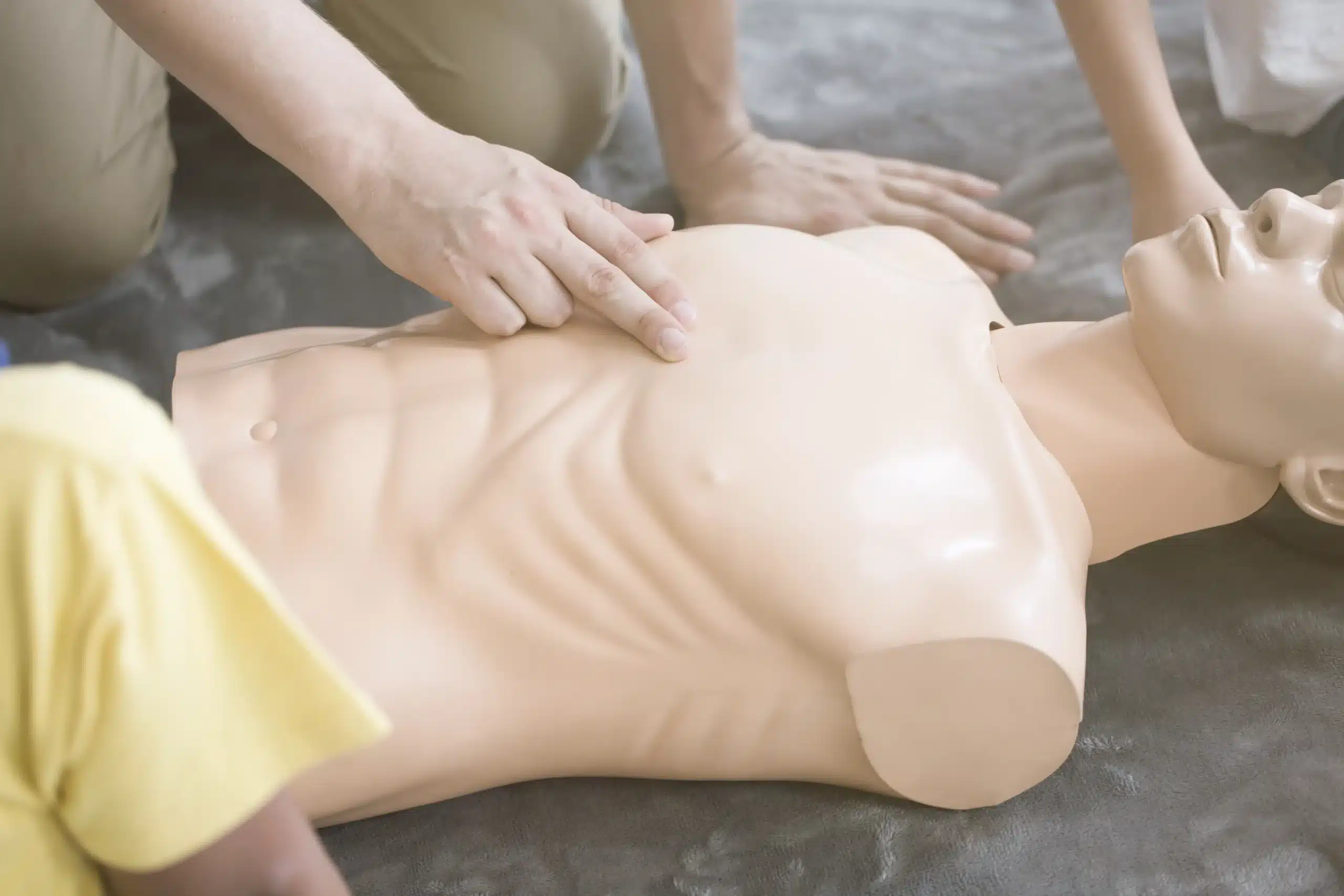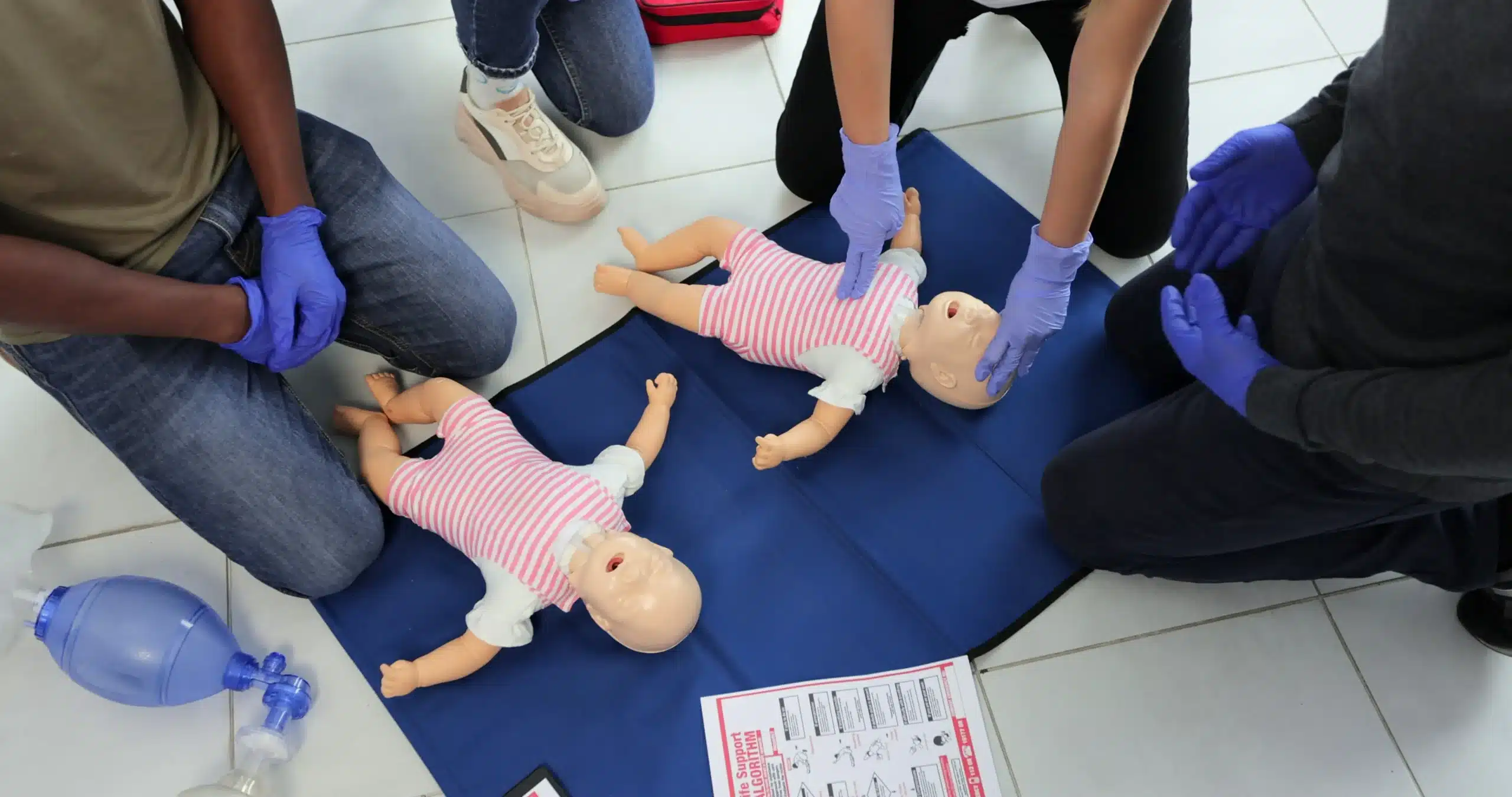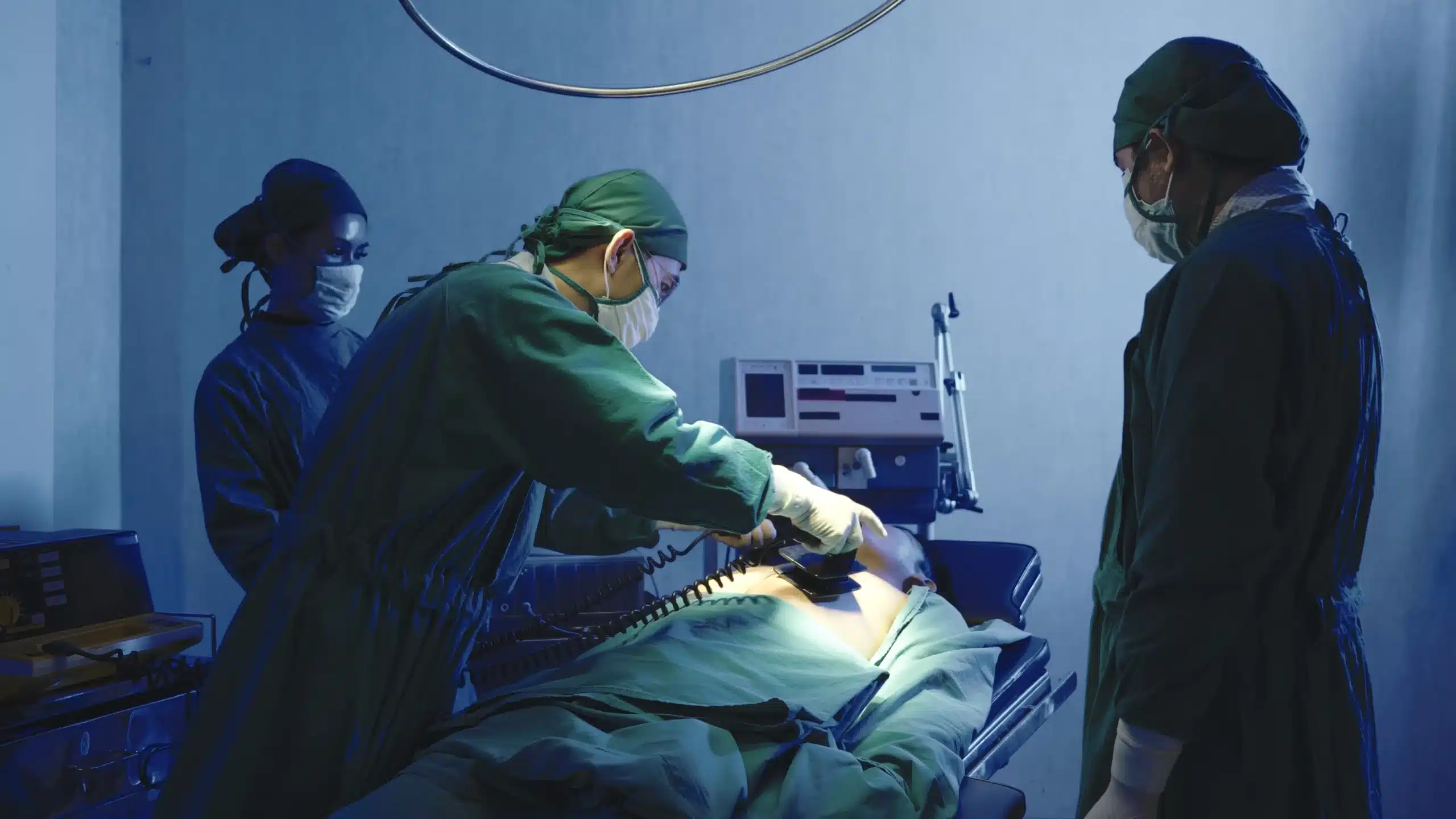Cardiopulmonary resuscitation, commonly known as CPR, is a life-saving skill. However, myths surrounding CPR can distort our understanding and potentially hinder our ability to help in emergencies. This blog aims to debunk common CPR myths, providing you with accurate information that could save lives.
CPR is Only for Professionals
Many people believe that only trained professionals can perform CPR. This myth persists despite evidence to the contrary. In reality, anyone can learn CPR, and immediate action by a bystander can double or even triple a person’s chance of survival.
Most CPR courses last just a few hours. They cover the basics, making it accessible for everyone. You don’t need a medical background to begin training. Organizations like the American Heart Association offer simple, straightforward classes.
By understanding the basics, you could be the difference between life and death for someone in need. The sooner CPR is started, the better the outcome for the patient. Don’t wait for professionals; take action immediately if you’re present when someone collapses.
You Can Hurt Someone by Performing CPR
Another myth suggests that performing CPR incorrectly can harm the victim. While CPR may occasionally result in broken ribs, this is a small price to pay for saving a life. The focus during an emergency should be on maintaining circulation until help arrives.
The chest compressions needed during CPR are vigorous. They need to be, to ensure blood reaches vital organs. Yes, there is a risk of injury, but not performing CPR poses a far greater risk—a life could be lost.
In an emergency, every second counts. It’s better to attempt CPR than to do nothing at all. Remember, doing something is almost always better than doing nothing.
CPR Always Reverses a Heart Attack
Many people confuse heart attacks with cardiac arrests. They assume CPR will reverse a heart attack. This myth can lead to false expectations. CPR is essential during cardiac arrest, but it doesn’t cure heart attacks.
CPR keeps blood flowing to the heart and brain until advanced care can be provided. It buys time for emergency responders to arrive. While CPR is critical, it’s one part of a larger chain of survival.
Understanding this distinction can prepare you mentally for the realities of performing CPR. You may not see immediate results, but your efforts are still crucial.
You Shouldn’t Perform CPR Without Rescue Breaths
Previously, CPR guidelines emphasized rescue breaths. Recent studies have shown that hands-only CPR can be just as effective for adult cardiac arrest victims. This approach simplifies the process and increases the likelihood of bystander intervention.
Hands-only CPR focuses on chest compressions to maintain circulation. It’s easier to remember and perform, especially for those without formal training. Skip the breaths and concentrate on keeping the chest moving.
Immediate, high-quality chest compressions are the priority. Bystanders should feel empowered to act, knowing that hands-only CPR can make a significant difference.
CPR is Not Needed When the Person is Breathing
If someone collapses but appears to be breathing, it may seem that CPR is unnecessary. This can be a dangerous misconception. Agonal breathing, which often occurs during cardiac arrest, is irregular and inadequate.
Agonal breaths can be misleading. They may sound like gasping or snoring. If you suspect cardiac arrest, begin CPR immediately, even if the person seems to be breathing.
Err on the side of caution. Start CPR if you’re uncertain. It’s better to perform CPR than to hesitate and potentially lose valuable time.
CPR is Complicated and Hard to Learn
The perception that CPR is complex discourages many from learning. In truth, CPR techniques are simple. Courses are designed to teach skills in a clear, concise manner. With practice, anyone can perform CPR confidently.
Training involves both lecture and hands-on practice. This combination helps solidify knowledge and skills. Classes cover essential techniques like the correct hand position and compression depth.
CPR classes are widely available. They provide the knowledge needed to perform CPR in emergencies, helping you feel prepared and capable.
Only Adults Need CPR
Some people believe that CPR is only necessary for adults, ignoring the needs of children and infants. Children, too, can suffer cardiac arrest and require immediate intervention. CPR for children and infants differs slightly from adult CPR.
Child and infant CPR involves modifications such as using one hand or two fingers for compressions. Breaths remain important for infants and young children, as their cardiac arrests often result from respiratory issues.
Knowing the differences can ensure you’re ready to help people of any age. CPR training often includes these variations, providing comprehensive education.
CPR Can’t Be Done on Pregnant Women
There’s a misconception that CPR can’t be performed on pregnant women. This myth is false. CPR can and should be administered if a pregnant woman experiences cardiac arrest. Specialized techniques can accommodate both the woman and her unborn child.
Performing CPR on a pregnant woman involves the same basic steps. However, if possible, tilt her slightly to her left side. This adjustment relieves pressure on major blood vessels, improving outcomes.
Emergency responders are trained to handle these situations. Begin CPR and call for professional assistance immediately.
It’s Impossible to Learn CPR Online
With advancements in technology, CPR training is now accessible online. Some believe that CPR requires in-person instruction, but online courses can be valuable. They offer flexibility and convenience, allowing more people to become educated.
Online courses often include video demonstrations and interactive modules. These tools help learners grasp CPR techniques effectively. While in-person practice is beneficial, online training provides a strong foundation.
Consider starting with an online course. Then, seek additional hands-on training when possible. This combination ensures you’re well-equipped to perform CPR.
Only Young and Fit People Can Perform CPR
The idea that only young, physically fit people can perform CPR is unfounded. Anyone can learn and perform CPR, regardless of age or fitness level. The emphasis is on technique and determination, not brute strength.
Correct form makes CPR manageable for people of all shapes and sizes. Classes teach how to use body weight effectively, reducing strain on the arms. Even seniors can perform CPR successfully with practice.
Focus on learning the techniques. With the right knowledge, you’ll be ready to assist in an emergency, regardless of your physical condition.
Debunking CPR Myths Saves Lives
Understanding the realities of CPR is crucial. By debunking these common myths, you’re better prepared to act decisively in emergencies. Remember, timely CPR can mean the difference between life and death.
Take the time to learn CPR. Knowledge empowers you to assist those in need. Share this information with others, spreading awareness and encouraging broader CPR education.
Become a life-saver. Equip yourself with the skills and confidence to perform CPR, ensuring you’re ready to help when it matters most.
